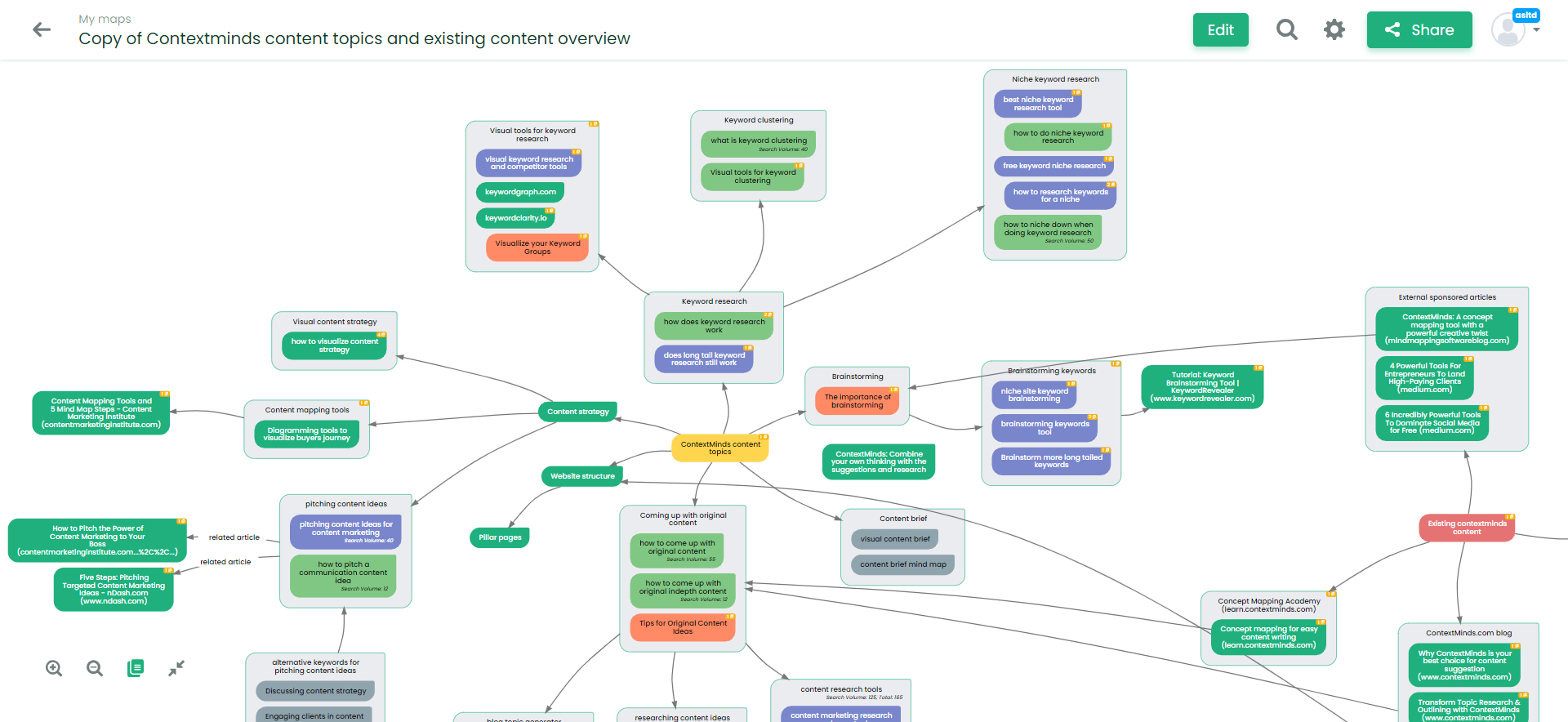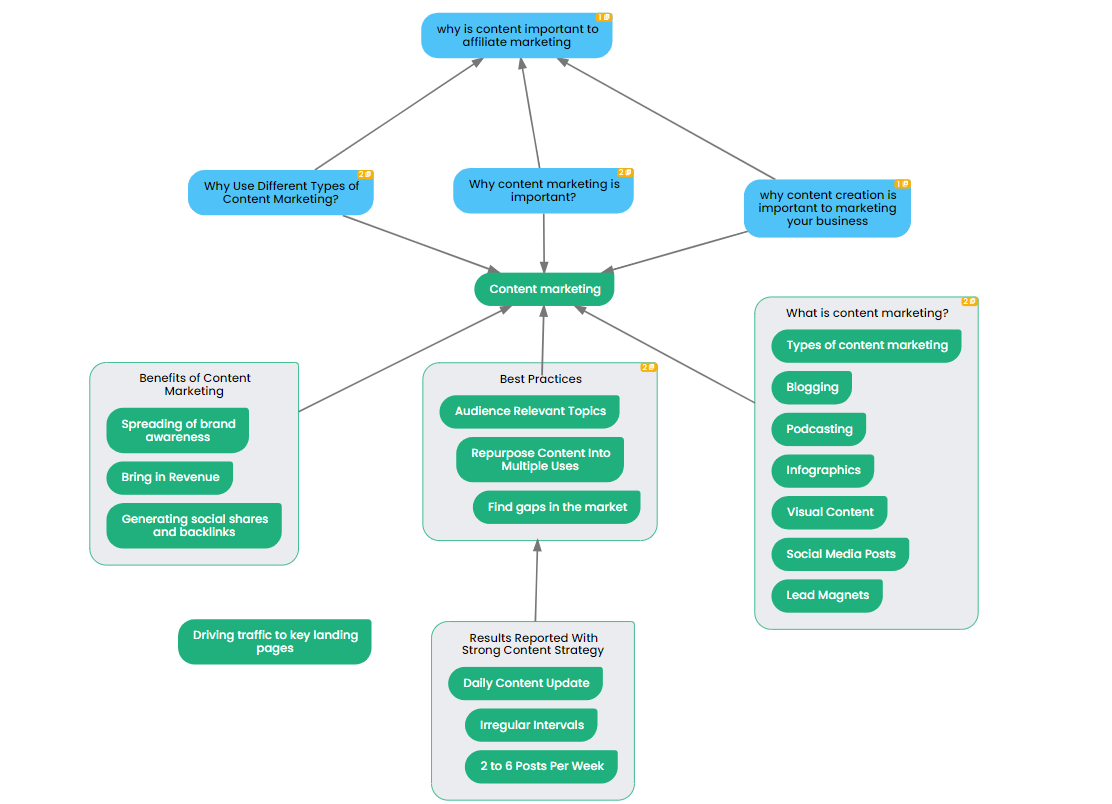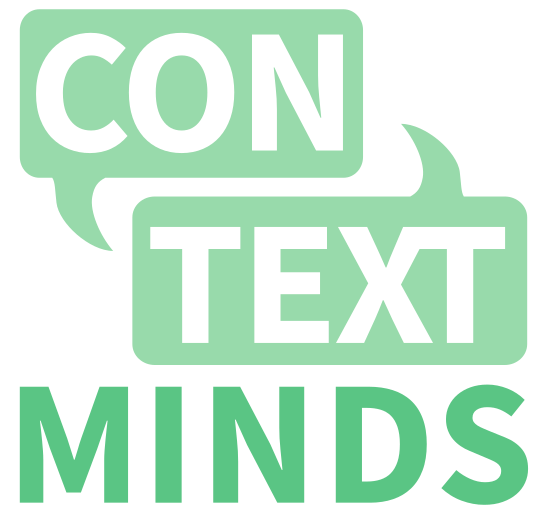Become a Content Wizard: Tips & Tricks for Research-Driven Content
Well-researched content is the cornerstone of establishing credibility and authority in any field. Creating a meaningful narrative that resonates with accuracy, relevance, and depth goes beyond simply gathering facts.
However, research can be a daunting process. The internet is an ocean of information, and diving into it without a plan is like searching for a needle in a haystack. It's a common challenge for many content creators, leading to wasted time and often subpar content.
This guide aims to revolutionize your approach to creating blog posts. We're not just talking about slapping together a few facts and figures. We're exploring into the art of developing research-driven content that stands out.
From understanding the nuances of thorough research to integrating those findings into compelling narratives, this guide walks you through each step. It's about transforming the usual content creation process into a more efficient, insightful, and impactful practice.
So, if you're ready to elevate your content game and turn every blog post into a testament to your expertise and diligence, you're in the right place.
The Importance of Thorough Research in Content Creation
Thorough research is not just a step in the content creation process. It's the silent hero that can uplift your content from being just another article to becoming a go-to resource. Let's look into how research impacts various facets of content creation, enhancing its quality and building unwavering trust with your readers.
Credibility and Authority
Quality research is the backbone of credibility and authority in any piece of content. When you present well-researched, substantiated facts and insights, you position yourself as an expert. When readers know they can rely on your content for accurate information, you not only build authority but also a loyal following.
Accuracy and Reliability
Accuracy in content is non-negotiable. Reliable research ensures that the facts and data you present are current and accurate. This meticulous attention to detail is what sets apart high-quality content. Inaccuracies can damage your reputation and lead to losing readers' trust, making it essential to prioritize research that validates your content's accuracy.
Reader Engagement and Retention
Engaging content is often the result of research that uncovers unique insights and perspectives. By offering well-researched, insightful information, you capture and retain the reader's attention. It's about creating content that informs, intrigues, and challenges the reader, leading to higher engagement and return visits.
Competitive Edge
In a competitive digital marketplace, the quality of your research can set you apart. A well-researched article offers unique perspectives and in-depth analysis that your competitors might not. This distinction attracts a discerning audience and establishes your brand as a thought leader in your niche.
SEO Benefits
Search engines favor content that is not only keyword-rich but also informative and authoritative. Thorough research helps you incorporate relevant keywords naturally while providing comprehensive, in-depth information that search engines value. This combination significantly boosts your content's search engine ranking, increasing visibility and driving organic traffic to your site.
Mitigating Legal Risks
Accurate and well-researched content reduces the risk of legal issues related to misinformation or copyright infringement. By thoroughly researching and citing sources correctly, you safeguard your content against potential legal pitfalls, ensuring it remains credible and compliant.
As we delve deeper into the nuances of content creation, it becomes clear that research is not just a step in the process – it's a critical component that influences every aspect of your content's success.
Enhancing Your Writing with Strategic Research
In every stage of writing, research is the key to creating high-quality content. It provides a solid foundation for your ideas, adds substance to your arguments, and ensures that your content is accurate and informative. Without thorough research, content risks becoming superficial or misleading, diminishing its value and impact.
Planning
The first stage, planning, is where your content starts taking shape. Here, you brainstorm ideas, decide on the topic, and outline the structure of your piece. Research is crucial at this stage to ensure your topic is relevant, timely, and resonates with your audience. It helps identify the key points to cover, understand the audience's interests, and set the right tone for your content.
Drafting
Next is the drafting stage, where you transform your plan into a written form. Here, research helps in elaborating your points with accuracy and depth by providing the necessary information, data, and examples to back your ideas, making your content informative and engaging.
Revising
Revising is where you refine and perfect your draft. This stage often involves additional research to fill any gaps in information, verify the facts, and ensure that the content remains up-to-date. It's also about ensuring that the research and data used are woven seamlessly into the narrative, enhancing its flow and readability.
Editing
The final stage is editing, where you focus on grammar, punctuation, and style. While research might seem less involved here, it's still essential for fact-checking and maintaining the accuracy of your content. Even minor errors in data or misquoted sources can affect the credibility of your work.
Throughout the process, research informs and enhances your writing. It guides your planning, provides substance to your drafts, ensures accuracy in your editing, and even influences how you publish and promote your work. Integrating research throughout the writing process ensures that your content is well-written, relevant, and impactful.
Tips for Conducting Efficient and Effective Research
Conducting research can be overwhelming, but with the right approach, it becomes an insightful and streamlined process. Here are some tips to enhance your research skills:
Define Clear Research Objectives
Start by defining what you want to achieve with your research. Are you looking for data to support an argument or insights to explore a new topic? Clear objectives guide your research and keep you focused, preventing you from veering off into less relevant areas. This focus ensures your research is efficient and directly relevant to your writing goals.
Use Reliable Sources
The credibility of your content hinges on the reliability of your sources. Utilize trusted and authoritative sources like academic journals, reputable news outlets, and industry reports. This ensures the information you gather is accurate, which is critical in establishing your content's authority.
Organize Your Research
Effective organization is crucial in managing the information you gather. Use tools like digital notebooks or mind mapping software, like ContextMinds, to categorize and store data. This organization aids in recalling and retrieving information quickly, making your writing process smoother and more efficient.
Keep Track of Sources
Always note down your sources. This practice is vital for referencing and fact-checking and adds credibility to your work. It also saves time if you need to revisit a source for further information or clarification.
Dive Deep, But Stay Focused
While it's important to conduct comprehensive research, it's equally crucial to stay focused on your objectives. Avoid going down rabbit holes that stray too far from your topic. Depth is valuable, but relevance is key.
Evaluate and Synthesize Information
Critically evaluate the information you gather. Look for patterns, contradictions, and gaps. Synthesizing information from various sources allows you to form a well-rounded understanding of your topic and can lead to unique insights.
Stay Updated With Your Topic
Prioritize recent information, especially in fast-changing fields. Up-to-date data and insights ensure that your content remains relevant and valuable to your readers.
Review and Reflect
Finally, regularly review the information you've collected. Reflect on how it aligns with your objectives, and adjust your research approach if necessary.
Introducing ContextMinds: Your Research and Content Ideation Partner
Amidst these tips, a tool like ContextMinds can be a game-changer. ContextMinds is an AI-driven platform that streamlines the research and ideation process. It helps you gather notes, organize them visually, and brainstorm, all while the app analyzes your notes and searches for related topics and keywords.

You don't need to leave the app to search the web - you get top web results with just one click. It also generates paragraphs on each topic, providing more inspiration. ContextMinds effectively supports the research tips mentioned above, enhancing your research efficiency and effectiveness and, ultimately, the quality of your content.
Implementing Research Findings into Writing
Effectively integrating research into writing is critical to producing authoritative and engaging content. Here are five strategies for doing this:
Create an Outline Based on Research
Creating an effective outline is vital in incorporating research findings into your writing. It helps organize the vast information gathered during the research phase into a coherent and logical sequence. You can begin by reviewing your research and identifying key themes and insights. These themes form the backbone of your content. Next, arrange these themes logically, considering the narrative you want to create. This could be chronological, problem-solution, cause-effect, or any other structure that suits your topic and objectives.
Here, ContextMinds can be incredibly useful. Its visual mind-mapping feature allows you to drag and drop key research elements into an outline, ensuring that your content flows logically and covers all critical points.
Once you have the main themes in place, add sub-points under each, incorporating specific facts, data, and references from your research. These sub-points support and elaborate on your main themes, providing depth and context.
Blend Storytelling with Facts
The fusion of storytelling and facts can significantly elevate your content. Stories have the power to engage emotionally, making your content more compelling and memorable. At the same time, the integration of solid research ensures that your content maintains its credibility and authority. This combination is particularly effective in today's content-saturated digital landscape, where capturing and retaining reader attention is more challenging than ever.
The key is to weave your research findings into a compelling narrative. Start by identifying interesting anecdotes, case studies, or real-life examples that align with your factual data. These stories should illustrate your points, making abstract data more tangible and relatable to the reader. For instance, if your research includes statistics on a business trend, pairing it with a story about a company that exemplified this trend makes your content more engaging and memorable.
Use Data to Support Claims
Incorporating data into your writing is essential for substantiating claims and enhancing the credibility of your content. Data provides concrete evidence that can validate your arguments and give readers a factual basis for understanding your points. By presenting data, you're not just telling your audience what to believe; you're showing them why they should consider it.
The integration of data should be seamless and relevant. It's not about bombarding the reader with numbers but using data to enhance and clarify your message. You should present your data and findings in a way that is easy to understand and relate to.
Here, ContextMinds can be an invaluable tool. Its functionality allows you to organize and access your research data easily.

While writing, you can find pertinent data points that support your claims and use ContextMinds as a visual organization system to integrate them into your content without disrupting the flow of your narrative. The strategic use of data is crucial for creating content that is both informative and credible.
Cite Sources Appropriately
Citing sources is a critical aspect of writing, especially when it involves integrating research findings. Proper citation not only adds credibility to your work but also acknowledges the original authors, maintaining the integrity of your content.
Citing sources serves multiple purposes. It allows readers to verify the information you present, ensuring transparency and trustworthiness. It also respects the authors' intellectual property rights and prevents plagiarism accusations. In academic or professional contexts, accurate citation is essential for maintaining the credibility and ethical standards of your writing.
Citations should be integrated seamlessly into your writing. They can be incorporated in-text, where you directly reference a source, or as footnotes/endnotes, which provide additional information without disrupting the flow of the content. Bibliographies or reference lists at the end of your document compile all the referenced sources, offering readers a comprehensive view of your research.
Balance Depth with Readability
Balancing depth with readability is crucial to writing, especially when integrating complex research findings into your content. It involves presenting in-depth information in a manner that is accessible and engaging to your audience.
The challenge lies in providing enough detail to convey expertise and thoroughness while ensuring the content is understandable and exciting to your readers. Overly technical language or dense data presentation can overwhelm or disengage your audience. Conversely, oversimplifying can lead to a lack of depth, undermining the content's value.
Here are some tips for balancing depth with readability
1. Use Clear and Concise Language: Avoid jargon and technical terms unless necessary. When complex concepts are essential, explain them in simple terms.
2. Structure Content Effectively: Use headings, bullet points, and short paragraphs to break down information. This improves the readability by making the content more scannable and digestible.
3. Incorporate Visual Aids: Graphs, infographics, and images can convey complex data or ideas more effectively than text alone, aiding reader comprehension.
4. Provide Examples and Analogies: Relating complex ideas to everyday experiences or familiar concepts can help make your content more relatable and easier to understand.
5. Balance Detail with Summary: While it's essential to provide detailed analysis or data where necessary, also include summaries or overviews to give readers a clear idea of the main points.
ContextMinds can assist here, particularly in the planning and structuring phases. By visually organizing your research and ideas, ContextMinds helps you identify the key points that require in-depth coverage and those that can be summarized. This visual approach can guide you in structuring your content to evenly distribute complex information, ensuring that your writing remains insightful and reader-friendly.
Wrapping up,
Solid research is a game-changer. It makes your content stand out, earn trust, and connect with your audience. When you base your writing on good research, you're not just sharing information; you're giving your readers something they can rely on and enjoy.
But let's be honest: diving into research can be overwhelming. That's where ContextMinds comes into play. Think of it as your helpful sidekick in the world of content creation. It simplifies the whole research process, turning what might seem like a chore into something more manageable and fun. With ContextMinds, you get to see all your ideas and research in one place, neatly organized. It's like having a map that guides you through the maze of information out there.

Useful links
Contact info
+420 607 881 942
info@contextminds.com
ContextMinds s.r.o
Blanická 922/25, Prague, Czechia
All Rights Reserved | EMC Engineering, s.r.o.









